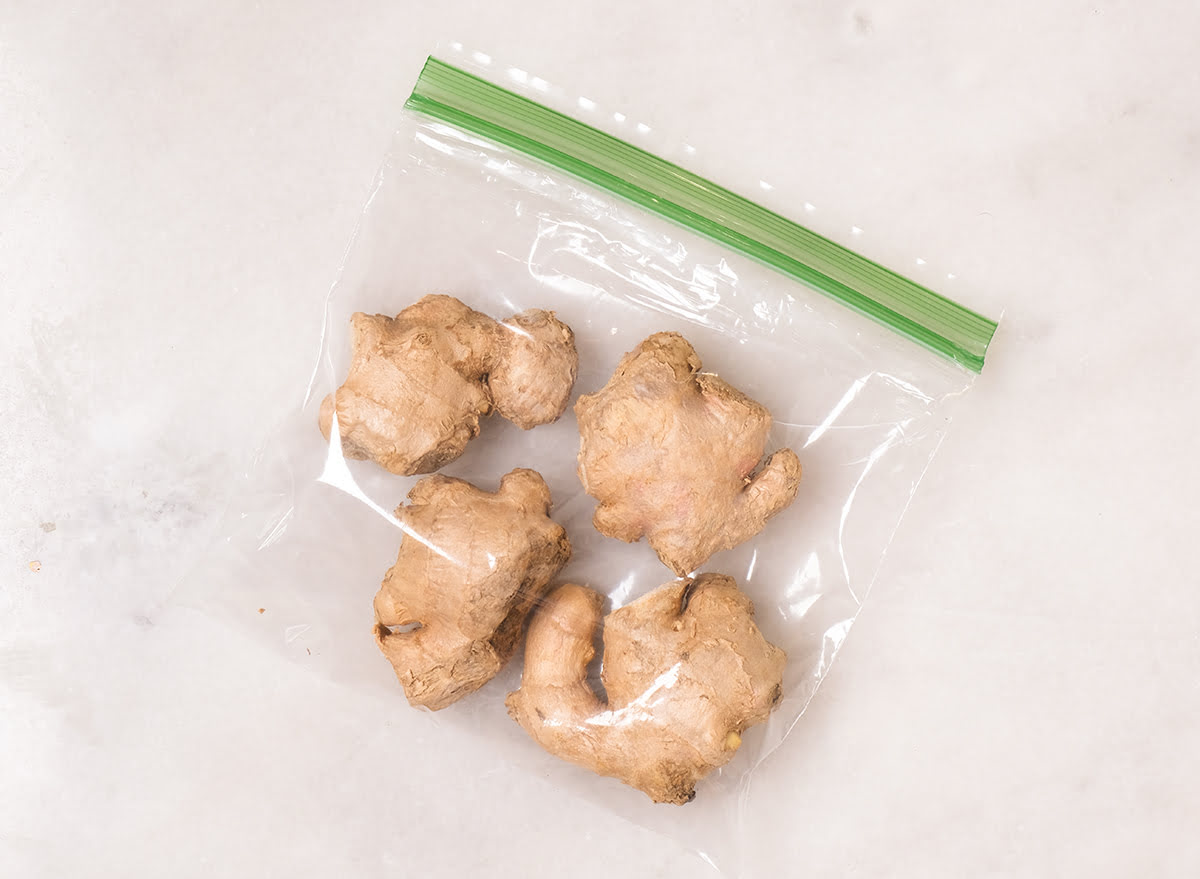

Articles
How To Store Fresh Ginger In The Freezer
Modified: January 6, 2024
Learn how to store fresh ginger in the freezer to keep it fresh and useable for longer. Find helpful tips and tricks in this informative article.
(Many of the links in this article redirect to a specific reviewed product. Your purchase of these products through affiliate links helps to generate commission for Storables.com, at no extra cost. Learn more)
Introduction
Do you love using fresh ginger in your cooking but find that it spoils before you have a chance to use it all? Freezing fresh ginger is a great solution to help you preserve this flavorful ingredient and have it on hand whenever you need it. Whether you want to store it for longer periods or simply save time on preparing ginger for your recipes, freezing fresh ginger can be a game-changer in your kitchen.
In this article, we will explore the reasons why freezing fresh ginger is a smart choice, provide tips on selecting and preparing ginger for freezing, and discuss various methods for freezing and storing it. We will also explore the process of thawing and using frozen ginger to ensure that you get the most out of this versatile spice.
But first, why would you want to freeze fresh ginger in the first place?
There are several reasons why freezing fresh ginger is beneficial. Firstly, ginger is known for its strong flavor and health benefits, but it can be quite perishable. By freezing it, you can extend its shelf life and have access to it whenever you need it, without the worry of it going bad before you can use it all.
Freezing also helps to preserve the nutrients and antioxidants present in ginger. This means that even after it has been frozen, ginger will retain its beneficial properties, allowing you to reap the health benefits when incorporating it into your dishes.
Additionally, freezing fresh ginger can save you both time and money. When you have ginger readily available in your freezer, you won’t need to make frequent trips to the grocery store to purchase it. This can be especially helpful if you live in an area where fresh ginger is not easily accessible or if you prefer to buy ginger in bulk.
Now that we understand the advantages of freezing fresh ginger, let’s explore some useful tips for selecting and preparing ginger for freezing.
Key Takeaways:
- Preserve the Flavor and Nutrients: Freezing fresh ginger extends its shelf life, retains its health benefits, and saves you time and money. Enjoy the convenience of having ginger readily available for all your culinary creations.
- Versatile Freezing Methods: Whether you prefer whole ginger, grated ginger, slices, or paste, freezing fresh ginger offers flexibility and convenience in the kitchen. Select, prepare, freeze, and utilize ginger to elevate your dishes with ease.
Read more: How To Store Fresh Cut Ginger
Why Freeze Fresh Ginger?
Freezing fresh ginger offers numerous benefits that make it a popular choice among cooks and food enthusiasts. Here are some compelling reasons to freeze fresh ginger:
- Long-Term Storage: One of the main reasons to freeze fresh ginger is the ability to store it for an extended period. Fresh ginger deteriorates quickly, especially when exposed to air and moisture. By freezing it, you can significantly extend its shelf life and ensure that you always have ginger on hand when you need it.
- Convenience: Freezing ginger allows for convenient and quick access to this aromatic spice. When you freeze ginger, you eliminate the need for peeling and chopping every time you require it in a recipe. This can save you a considerable amount of time in meal preparation.
- Cost Savings: Buying ginger in bulk is a cost-effective option, particularly when it’s in season or available at a discounted price. By freezing fresh ginger, you can take advantage of these cost savings and avoid having to purchase smaller quantities regularly.
- Preserving Flavor and Nutrients: Ginger possesses a distinctive flavor profile that adds depth and aroma to various culinary creations. Freezing ginger helps preserve its flavor, ensuring that it retains its signature taste even after being frozen. Additionally, freezing fresh ginger helps retain its essential nutrients, such as gingerol, which is known for its anti-inflammatory and antioxidant properties.
- Versatility: Frozen ginger can be utilized in multiple ways, making it a versatile ingredient. Whether you want to grate it, slice it, or make a ginger paste, frozen ginger can be easily adapted to suit your recipe needs.
- Availability Throughout the Year: Ginger is a seasonal crop in certain regions. By freezing fresh ginger during its peak season, you can enjoy its flavors and benefits year-round, even when it’s not readily available in the local market.
Now that we understand the advantages of freezing fresh ginger, let’s delve into some tips for selecting and preparing ginger to ensure optimal results when freezing.
Tips for Selecting and Preparing Fresh Ginger
When it comes to freezing fresh ginger, selecting and preparing the ginger properly is essential to ensure optimal results. Here are some tips to consider:
- Choose Fresh and Firm Ginger: Look for ginger roots that are firm, smooth, and free from wrinkles or soft spots. Fresh ginger should have a strong, spicy aroma.
- Avoid Moisture: Ginger is prone to mold and deterioration in moist conditions. It’s essential to choose ginger that is dry and not excessively moist. Moisture can accelerate the spoiling process, making it difficult to store ginger for an extended period.
- Opt for Young Ginger: Young ginger tends to have a milder flavor and a thinner skin, making it more suitable for freezing. However, mature ginger can also be frozen, but it may have a stronger flavor and tougher texture.
- Clean and Peel the Ginger: Before freezing, clean the ginger root thoroughly to remove any dirt or debris. You can use a vegetable brush or gentle scrubbing to clean the ginger. Peeling is optional, as the skin of ginger is edible and adds flavor. However, if you prefer a smoother texture, peel the ginger using a spoon or a peeler.
- Slice or Grate for Easy Usage: Depending on your cooking preferences, you can either slice or grate the ginger before freezing. Sliced ginger is convenient for recipes like stir-fries and soups, while grated ginger works well for marinades and sauces. By preparing the ginger in your desired form, you can save time and effort during meal preparation.
- Consider Storage Containers: When freezing fresh ginger, choose a suitable storage container. You can use airtight freezer bags or freezer-safe containers. Make sure to label the container with the date for easy reference.
- Divide into Portions: Consider dividing the ginger into smaller portions before freezing. This way, you can easily take out the required amount without the need to thaw and refreeze the entire batch.
By following these tips, you can ensure that the ginger you freeze maintains its quality and flavor. Now that we know how to select and prepare fresh ginger, let’s explore various methods for freezing it.
Method 1: Freezing Whole Ginger
Freezing whole ginger is a simple and convenient method that allows you to preserve the ginger in its natural form. Here’s how to freeze whole ginger:
- Choose Fresh Ginger: Select fresh and firm ginger roots that are free from blemishes or soft spots.
- Clean the Ginger: Thoroughly clean the ginger with water to remove any dirt or debris. Use a vegetable brush or gently scrub the ginger to ensure it’s clean.
- Optional: Peel the Ginger: If desired, you can peel the ginger to remove the skin for a smoother texture. However, the skin is edible and adds flavor, so you can choose to leave it on if preferred.
- Wrap the Ginger: Individually wrap each ginger root in plastic wrap or place it in a freezer bag. The wrapping will help protect the ginger from freezer burn and keep it fresh.
- Label and Store: Label the freezer bag or container with the date and contents, then place the wrapped ginger in the freezer.
Freezing whole ginger allows you to use it in various ways. When needed, remove the desired amount of ginger from the freezer and grate, slice, or dice it as required for your recipe. The frozen ginger can be grated directly into dishes, or you can let it thaw slightly before slicing or dicing.
This method is ideal if you primarily use ginger for its flavor and prefer to have more control over how you prepare it in your recipes. Next, let’s explore another method for freezing fresh ginger: grating it.
Method 2: Freezing Grated Ginger
Freezing grated ginger is a convenient method that allows you to have pre-grated ginger readily available for your cooking needs. Here’s how to freeze grated ginger:
- Choose Fresh Ginger: Select fresh ginger roots that are firm and free from blemishes or soft spots.
- Clean and Peel the Ginger: Thoroughly clean the ginger roots with water to remove any dirt or debris. If desired, peel the ginger to remove the skin for a smoother texture.
- Grate the Ginger: Use a fine grater or microplane to grate the ginger into a bowl. Ensure that the ginger is finely grated for easy usage in your recipes.
- Portion the Grated Ginger: Divide the grated ginger into small portions that you would typically use in your recipes. This will make it easier to thaw and use the required amount without thawing the entire batch.
- Transfer to Storage Containers: Place each portion of grated ginger into separate airtight freezer bags or freezer-safe containers. Squeeze out any excess air and seal the bags tightly to prevent freezer burn.
- Label and Store: Label each bag or container with the date and the contents, then place them in the freezer.
When using frozen grated ginger, you can grab a portion directly from the freezer and add it to your recipes without the need to thaw. The small and pre-portioned amounts make it easy to incorporate grated ginger into sauces, marinades, or any dish that calls for a burst of ginger flavor.
This method is particularly useful if you frequently use grated ginger in your cooking or if you prefer the convenience of having pre-grated ginger on hand. Now, let’s explore another method for freezing fresh ginger: slicing it.
To store fresh ginger in the freezer, first peel and chop it into small pieces. Place the pieces in an airtight container or freezer bag, and store in the freezer for up to 6 months. This way, you’ll always have fresh ginger on hand for cooking.
Read more: How To Store Fresh Ginger Roots
Method 3: Freezing Ginger Slices
Freezing ginger slices is a versatile method that allows you to have pre-sliced ginger ready to use in various recipes. Here’s how to freeze ginger slices:
- Choose Fresh Ginger: Select fresh ginger roots that are firm, plump, and free from any blemishes or soft spots.
- Clean and Peel the Ginger: Thoroughly clean the ginger roots with water to remove any dirt or debris. If desired, peel the ginger using a vegetable peeler or a spoon to remove the skin.
- Slice the Ginger: Using a sharp knife, slice the ginger into thin or thick slices, depending on your preference. Ensure that the slices are even and of uniform thickness for consistent freezing and thawing.
- Blanch the Slices (optional): Blanching the ginger slices before freezing can help enhance their flavor, preserve the color, and maintain their texture. To blanch, bring a pot of water to a boil and carefully add the ginger slices. Let them boil for about 1-2 minutes, then remove and transfer them to an ice bath to cool. Pat the slices dry before freezing.
- Portion and Package: Divide the ginger slices into small portions that you would typically use in your recipes. Place each portion into separate airtight freezer bags or freezer-safe containers. Remove as much air as possible and seal the bags or containers tightly.
- Label and Store: Label each bag or container with the date and the contents, then place them in the freezer.
When you need to use frozen ginger slices, simply remove the desired portion from the freezer and use them directly in your recipes. The ginger slices can be added to stir-fries, soups, or any dish that calls for ginger, providing a burst of flavor and aroma.
By freezing ginger slices, you have the flexibility to portion them according to your needs and easily incorporate them into your cooking. Now, let’s explore another method for freezing fresh ginger: making ginger paste.
Method 4: Freezing Ginger Paste
Freezing ginger paste is a convenient method that allows you to have a concentrated form of ginger ready to use in your recipes. Ginger paste adds a punch of flavor and aroma to a variety of dishes. Here’s how to freeze ginger paste:
- Choose Fresh Ginger: Select fresh ginger roots that are firm, plump, and free from any blemishes or soft spots.
- Clean and Peel the Ginger: Thoroughly clean the ginger roots with water to remove any dirt or debris. If desired, peel the ginger to remove the skin for a smoother texture.
- Grate or Blend the Ginger: Using a fine grater or a food processor, grate or blend the ginger into a smooth paste. Add a small amount of water or oil, if needed, to help with the blending process.
- Portion the Ginger Paste: Divide the ginger paste into small portions that you would typically use in your recipes. This will allow you to easily thaw and use the required amount without thawing the entire batch.
- Transfer to Storage Containers: Place each portion of ginger paste into separate airtight freezer bags or freezer-safe containers. Squeeze out any excess air and seal the bags tightly to prevent freezer burn.
- Label and Store: Label each bag or container with the date and the contents, then place them in the freezer.
When you need to use frozen ginger paste, simply remove the desired portion from the freezer. You can add it directly to your recipes, sauces, marinades, or curries, enhancing their flavor and aroma with the concentrated ginger paste.
The ginger paste can be easily incorporated into your cooking, saving you time and effort in peeling, grating, or blending ginger each time you need it. Now that we have explored various methods for freezing fresh ginger, let’s discuss how to store the frozen ginger for long-term use.
Storing Frozen Ginger for Long-Term Use
When it comes to storing frozen ginger for long-term use, proper packaging and organization are key. Here are some tips to help you store your frozen ginger effectively:
- Label and Date: Clearly label each storage container or freezer bag with the date of freezing and the contents. This will help you keep track of the freshness of the ginger and ensure that you use it within a reasonable timeframe.
- Use Freezer-Safe Containers: Opt for airtight freezer-safe containers or heavy-duty freezer bags to store the ginger. Ensure that they are properly sealed to prevent freezer burn and maintain the quality of the ginger.
- Organize for Accessibility: For easy access and organization, consider grouping the frozen ginger by type (whole, grated, sliced, or paste) or portion size. This way, you can quickly locate the specific form of ginger you need for a particular recipe.
- Freeze in Small Portions: If you frequently use ginger in small amounts, divide the ginger into smaller portions before freezing. This allows you to take out only what you need without defrosting more than necessary.
- Maximize Freezer Space: To save space, try stacking the storage containers or freezer bags, ensuring they are securely sealed. Alternatively, you can lay them flat to create a compact and organized storage system.
- Monitor Freezer Temperature: Keep the temperature of your freezer consistently at or below 0°F (-18°C) to maintain the quality of the frozen ginger. Fluctuating temperatures can affect the texture and flavor of the ginger.
- Rotate Stock: Regularly check your frozen ginger stock and use the older portions first to prevent any wastage. This rotation ensures that you are always using the oldest ginger first and maintaining a fresh supply.
By following these storage tips, you can preserve the quality and flavor of your frozen ginger for an extended period, allowing you to enjoy its benefits whenever you need it. Now, let’s explore how to thaw and use the frozen ginger effectively.
Thawing and Using Frozen Ginger
Thawing and using frozen ginger is a straightforward process. Here are some guidelines to help you thaw and utilize frozen ginger effectively:
- Thawing: There are a few methods you can use to thaw frozen ginger:
- Refrigerator: The safest method is to transfer the frozen ginger from the freezer to the refrigerator. Allow it to thaw slowly for several hours or overnight. This method ensures gradual thawing and helps maintain the integrity and flavor of the ginger.
- Room Temperature: If you need to thaw the ginger more quickly, you can place the desired amount in a sealed plastic bag and let it sit at room temperature for 30 minutes to 1 hour. However, be cautious and avoid leaving it out for too long to prevent any potential bacterial growth.
- Using Directly: Depending on your recipe, you can even use frozen ginger directly in some cases. Grated ginger, for example, can be grated directly into your dish without thawing.
- Utilizing Thawed Ginger: Once your ginger is thawed, you can incorporate it into your recipes in various ways, such as:
- Grating or Slicing: Thawed ginger can be grated or sliced using a knife, grater, or mandoline, depending on the desired form for your recipe.
- Cooking: Add thawed ginger directly to stir-fries, soups, curries, marinades, sauces, or any recipe that calls for ginger. It will infuse your dishes with its aromatic flavor.
- Making Ginger Infusions: Use thawed ginger to make ginger infusions by steeping it in hot water or combining it with other ingredients like honey, lemon, or herbs to create refreshing teas or flavoring agents for beverages.
- Baking: Incorporate thawed ginger into baked goods such as cakes, cookies, or bread for a delightful and aromatic twist.
- Using Partially Thawed Ginger: If you only need a portion of the ginger for your recipe, you can use it partially thawed. This can be useful if you prefer to slice or grate ginger that is still slightly firm, making it easier to handle and manipulate in your dishes.
Remember to adjust the quantity of ginger in your recipes based on your taste preference, as frozen ginger may have a slightly milder or more concentrated flavor depending on the method used for freezing.
By following these thawing and utilization tips, you can make the most of your frozen ginger and enhance the flavor of your culinary creations. Now, let’s conclude our article.
Read more: How To Store Fresh Ginger Root
Conclusion
Freezing fresh ginger is a fantastic way to preserve its flavor, nutrients, and convenience for long-term use. Whether you choose to freeze whole ginger, grated ginger, ginger slices, or ginger paste, each method offers its own benefits and versatility in the kitchen.
By selecting and preparing fresh ginger properly before freezing, you can ensure the highest quality and flavor retention. Remember to clean, peel (if desired), and portion the ginger based on your preferences and recipe needs.
Storing frozen ginger requires proper packaging, labeling, and organization to maintain its freshness. Utilizing airtight containers or freezer bags, labeling and dating each portion, and keeping your freezer at the optimal temperature will help preserve your ginger for an extended period.
When it’s time to use your frozen ginger, thawing it in the refrigerator or at room temperature is the best approach to maintain its texture and flavor. However, in some cases, you may even be able to use grated ginger directly from the freezer or incorporate partially thawed ginger into your recipes.
Whether you’re adding ginger to stir-fries, soups, marinades, sauces, or baked goods, utilizing the thawed ginger offers you the opportunity to enhance the taste and aroma of your dishes.
So, the next time you have an abundance of fresh ginger or want to take advantage of its beneficial properties and flavors year-round, consider freezing it using one of the methods described in this article. Enjoy the convenience, versatility, and preserved freshness that frozen ginger brings to your culinary adventures!
Frequently Asked Questions about How To Store Fresh Ginger In The Freezer
Was this page helpful?
At Storables.com, we guarantee accurate and reliable information. Our content, validated by Expert Board Contributors, is crafted following stringent Editorial Policies. We're committed to providing you with well-researched, expert-backed insights for all your informational needs.
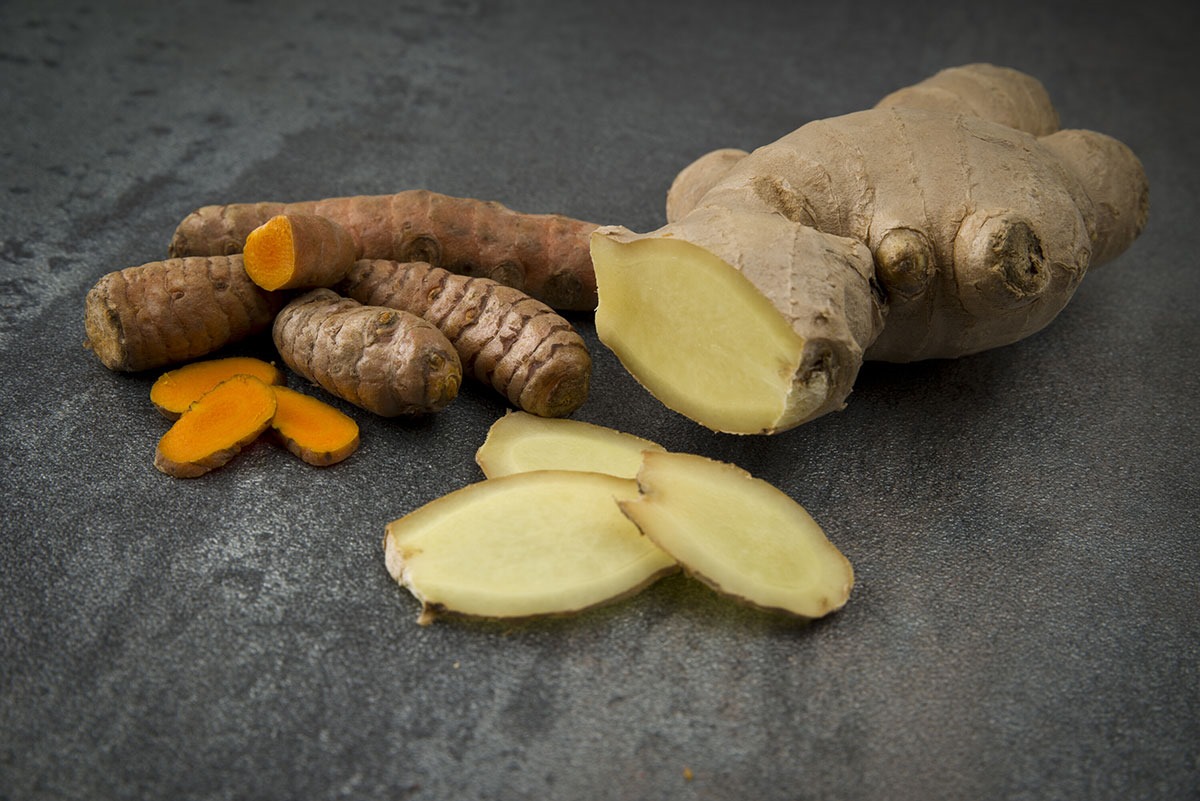
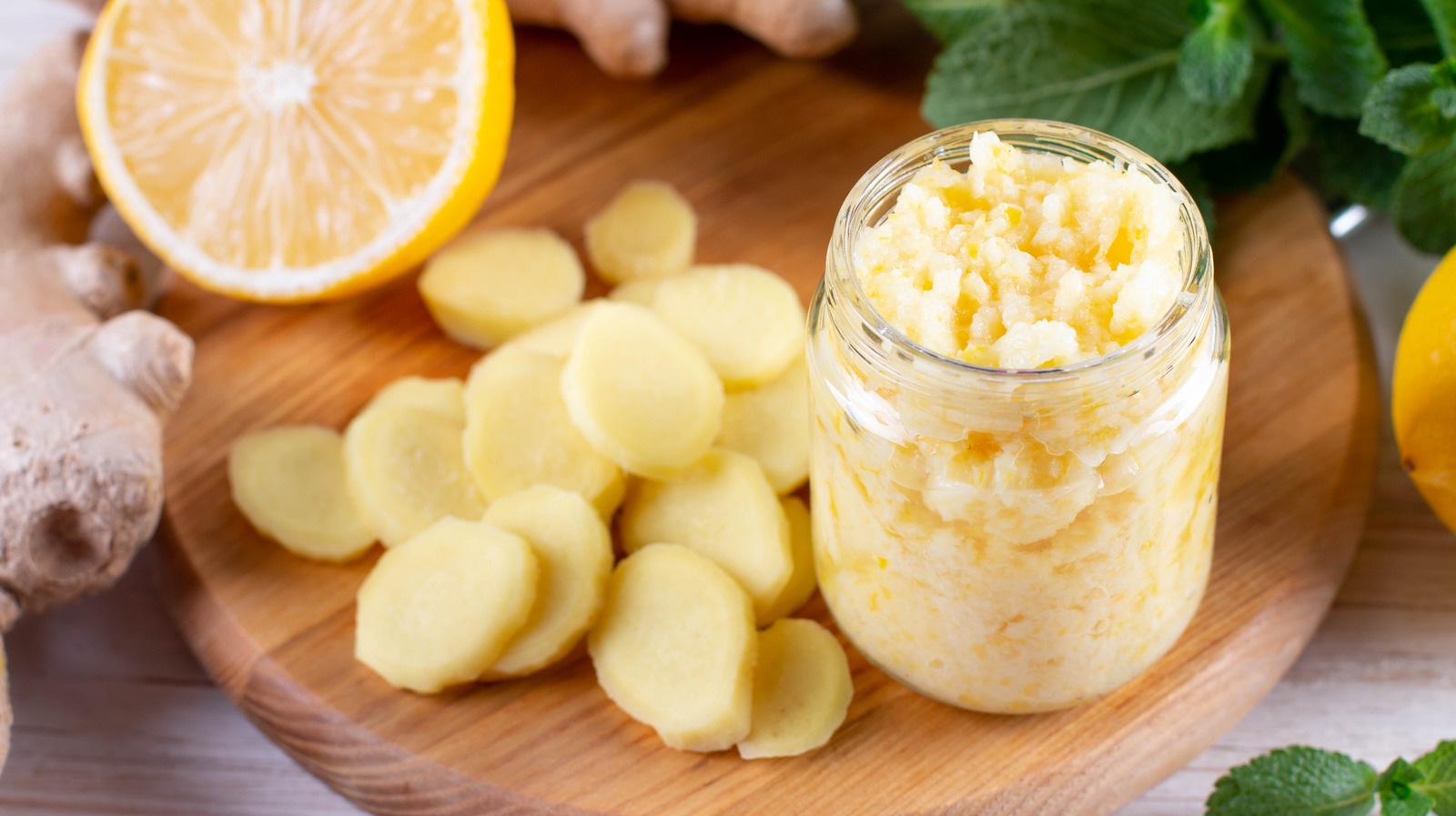
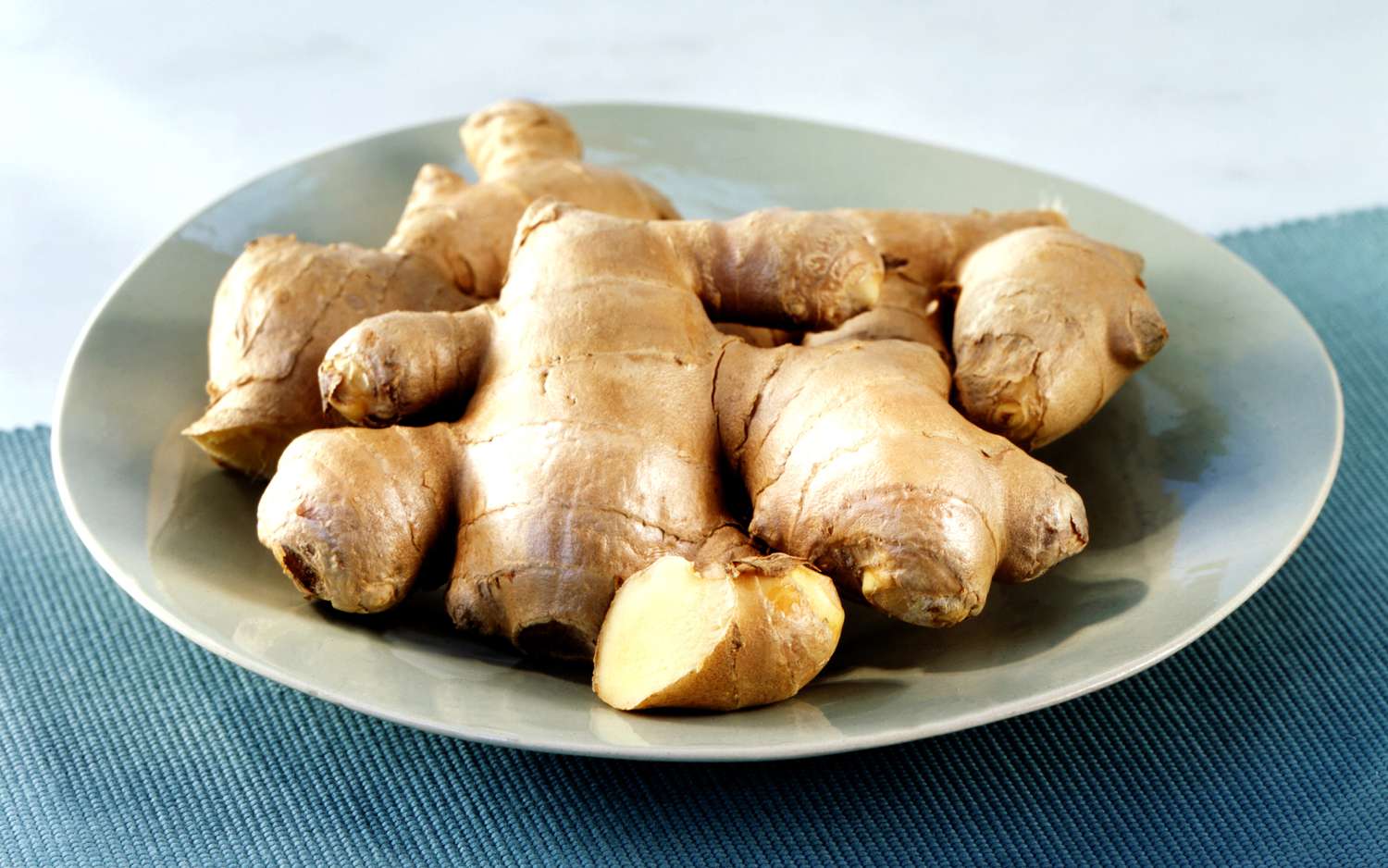

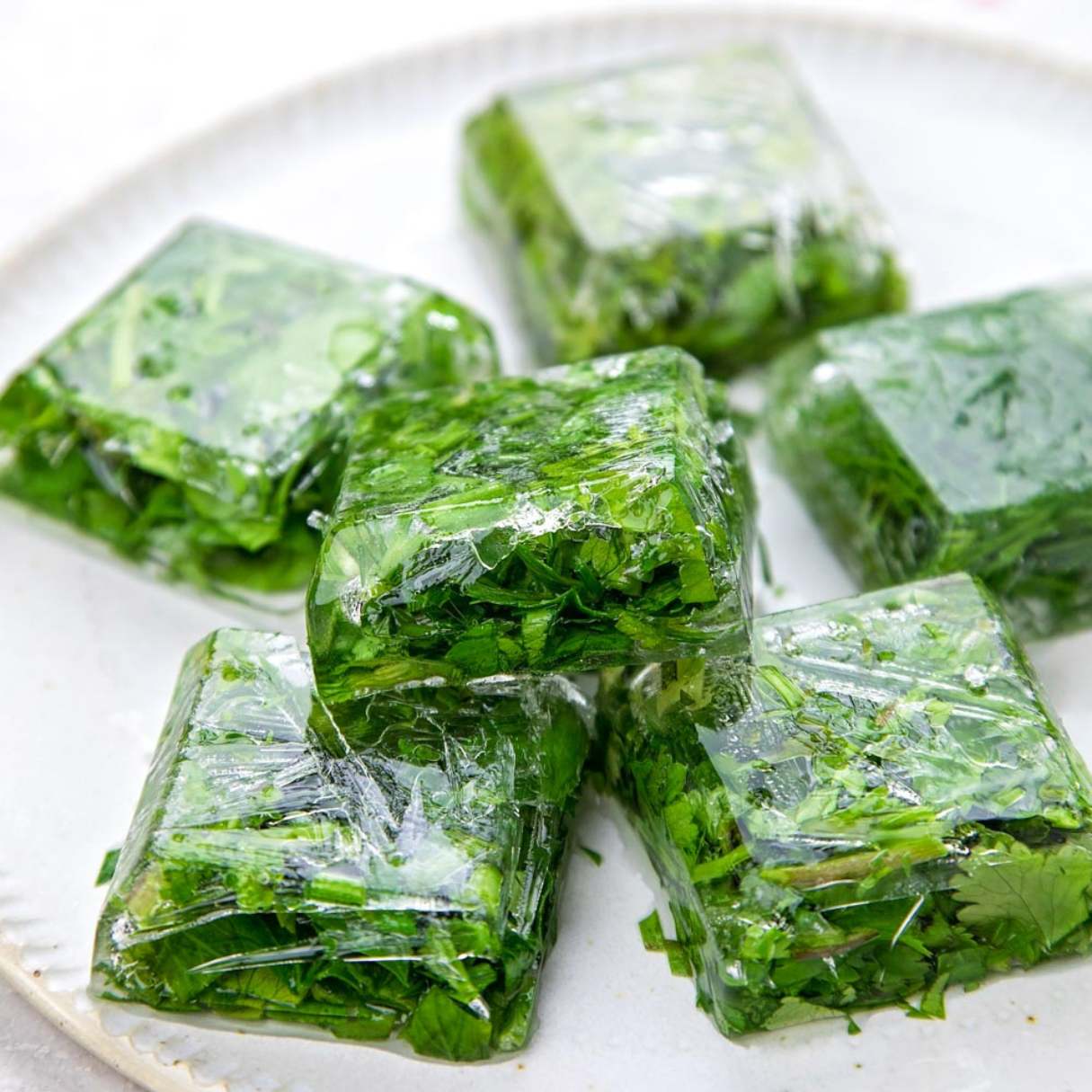

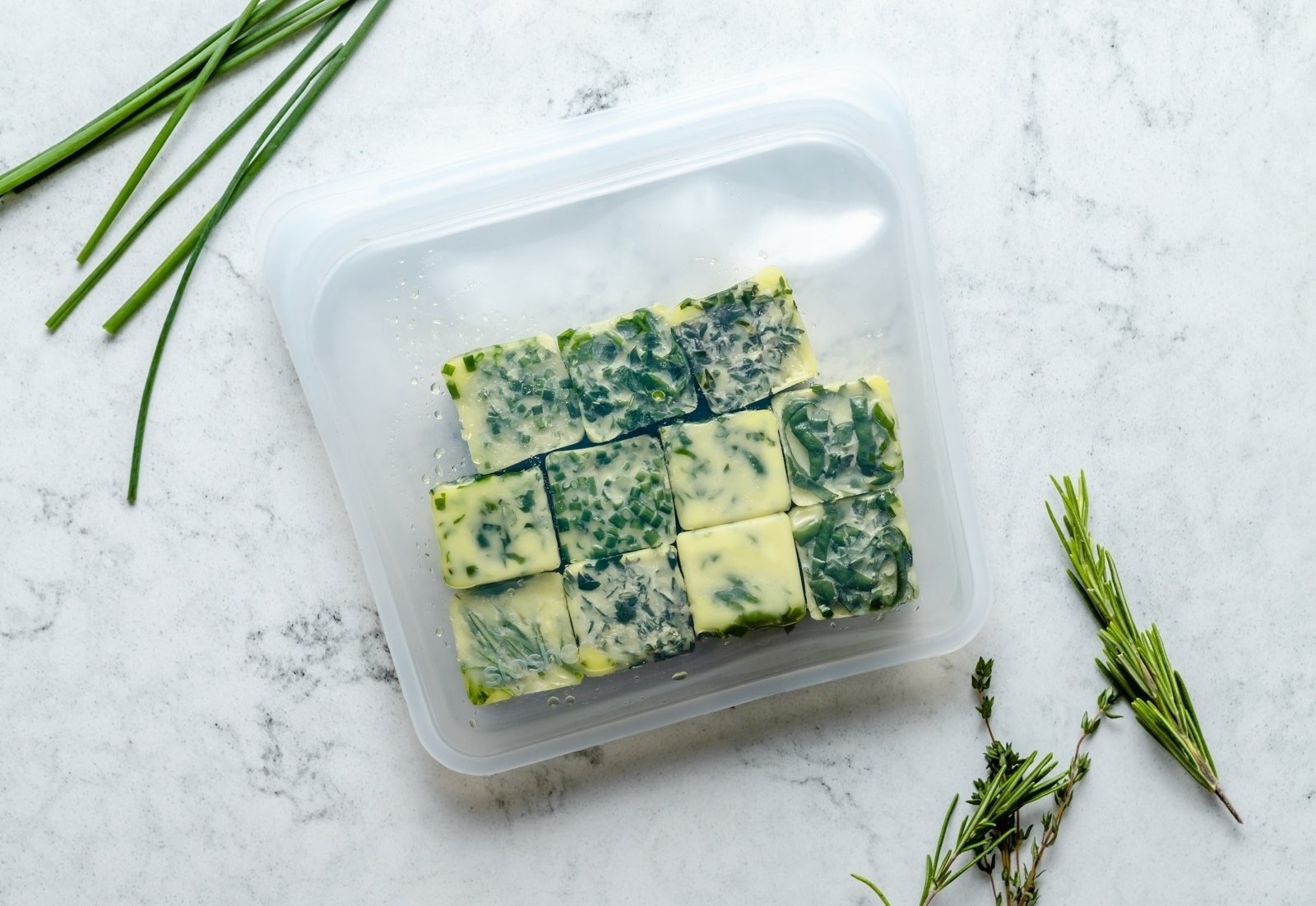
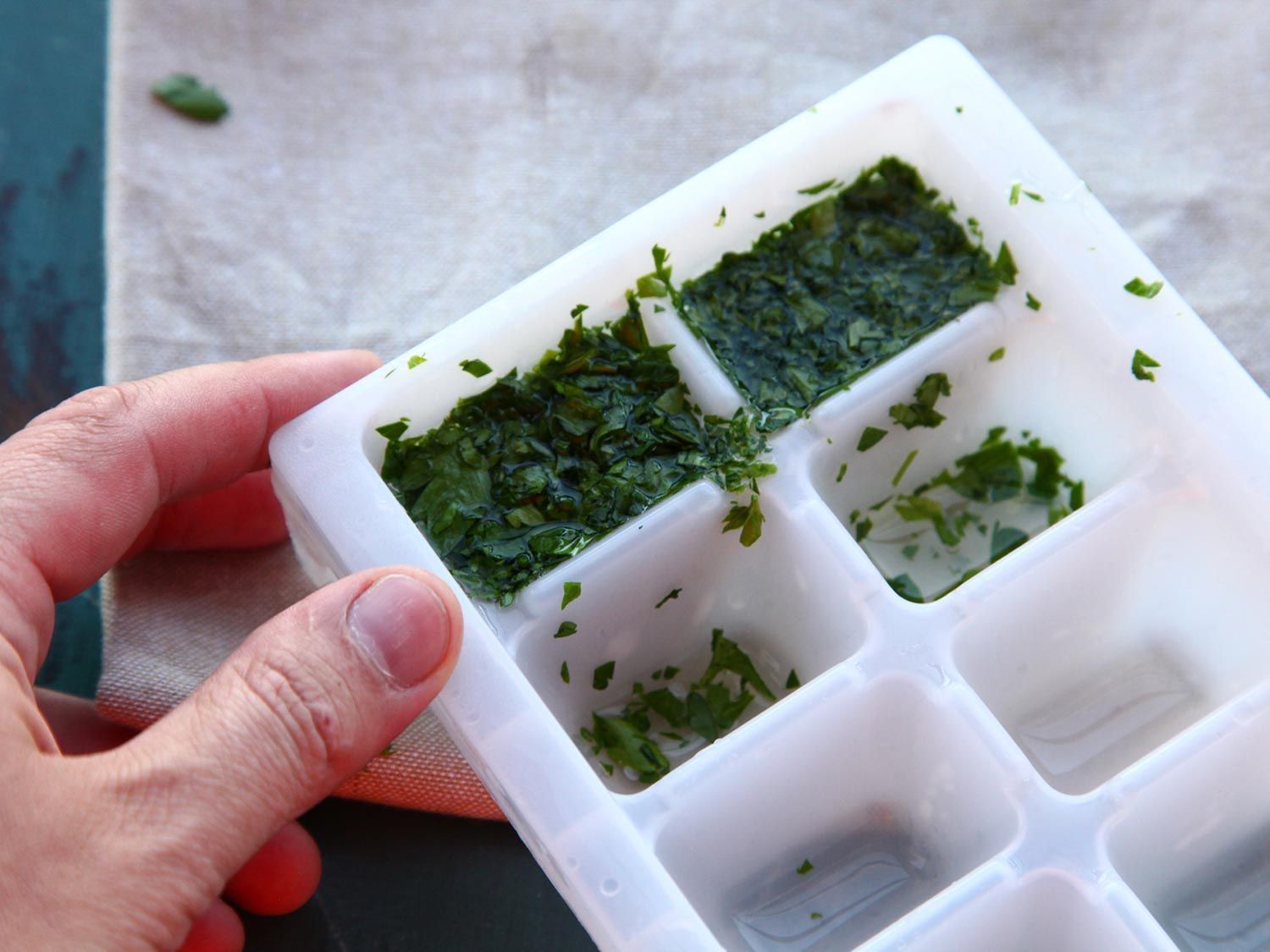
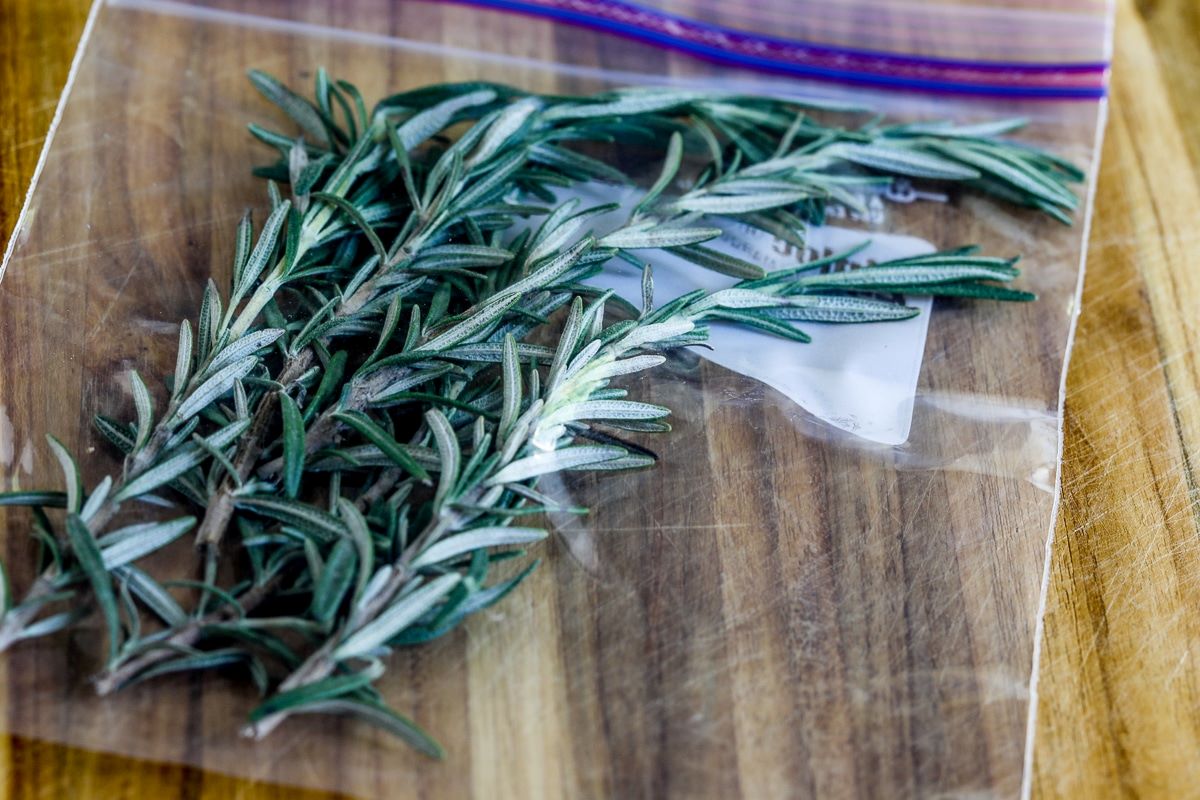
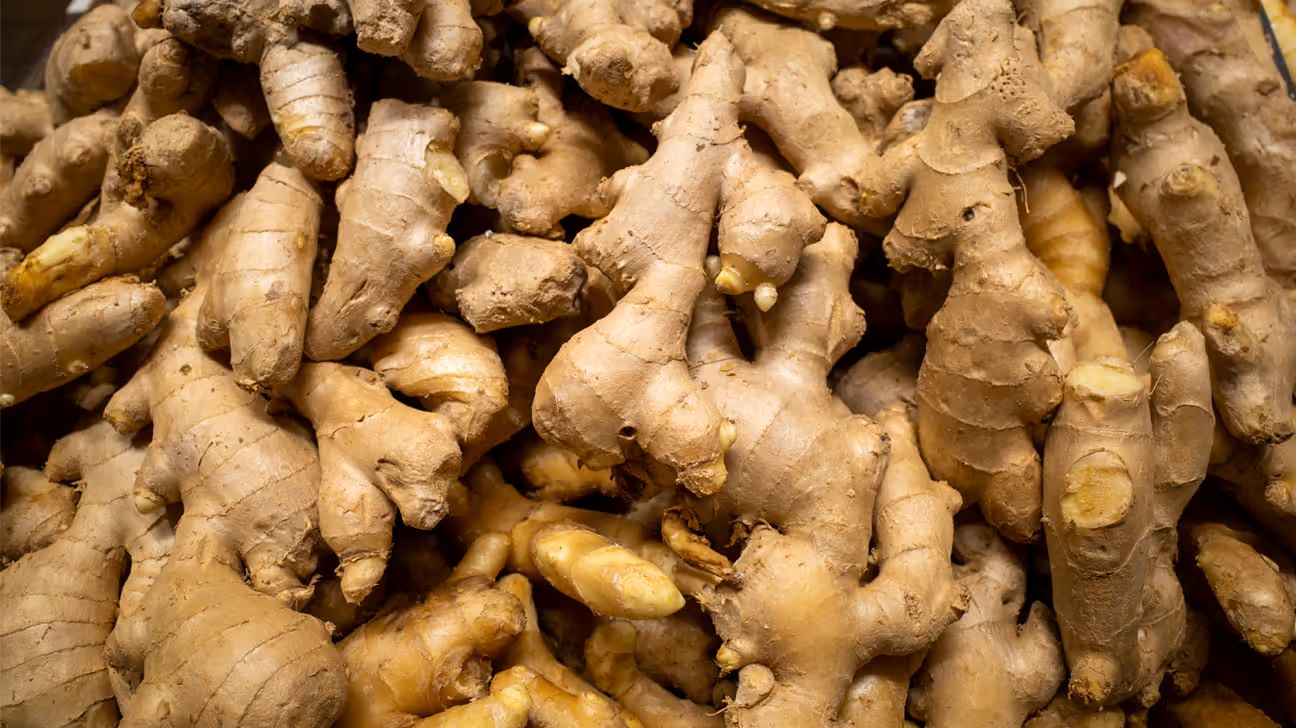
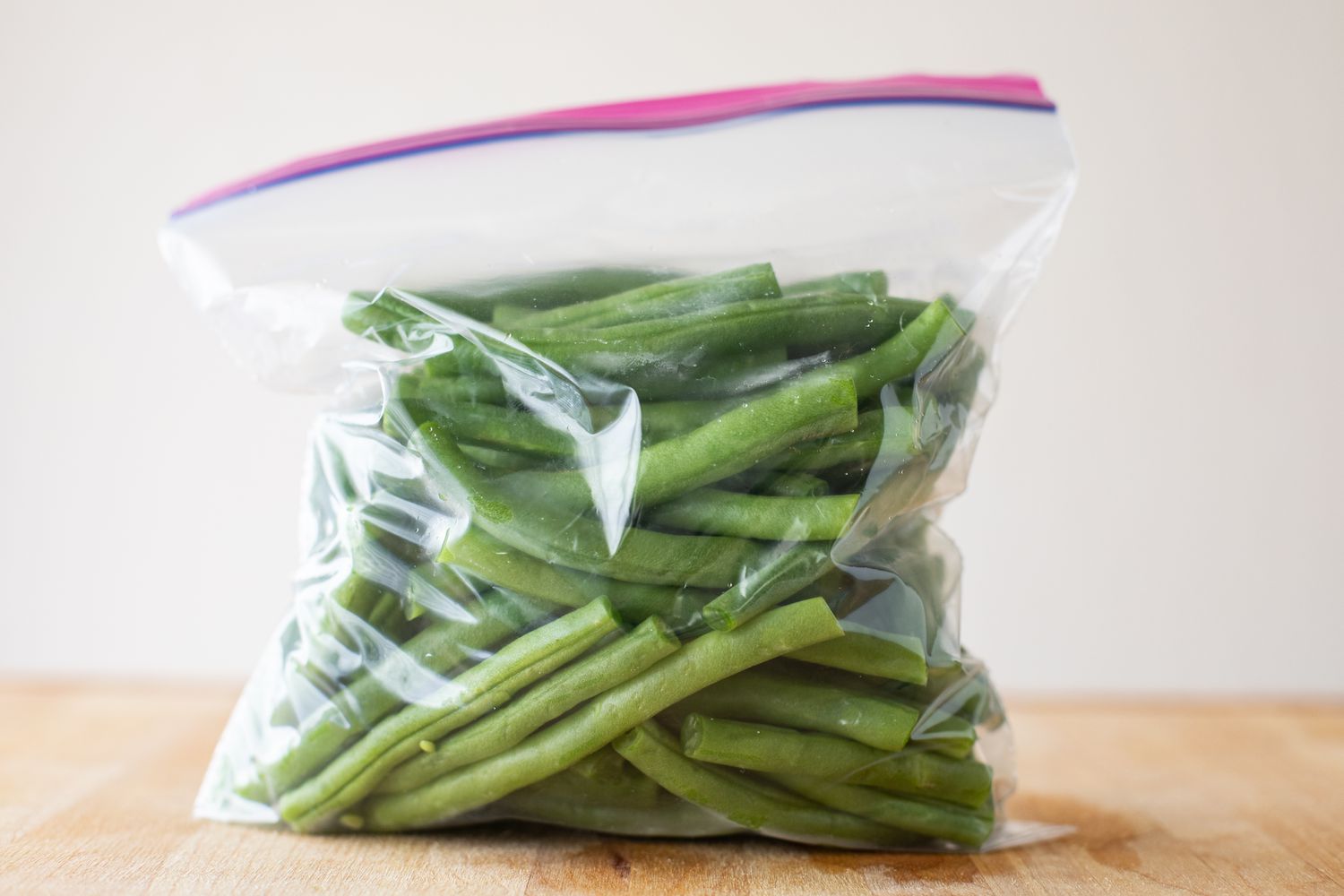
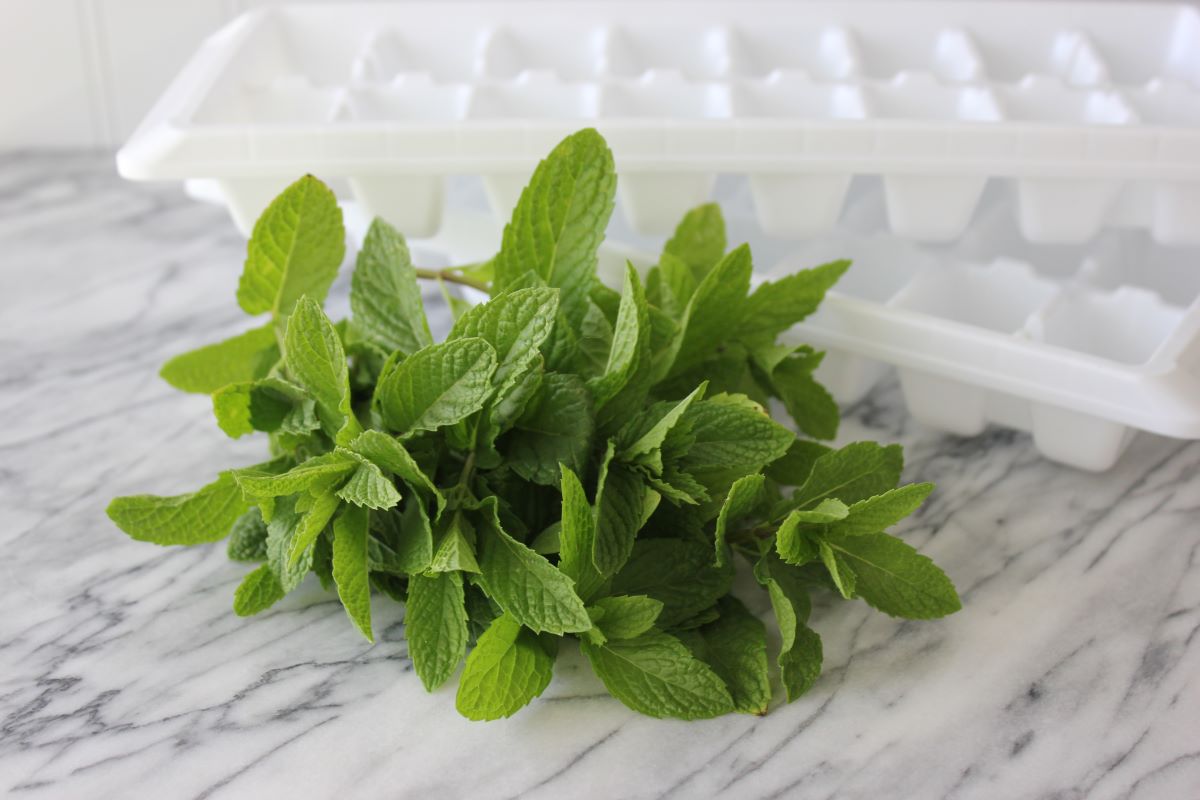
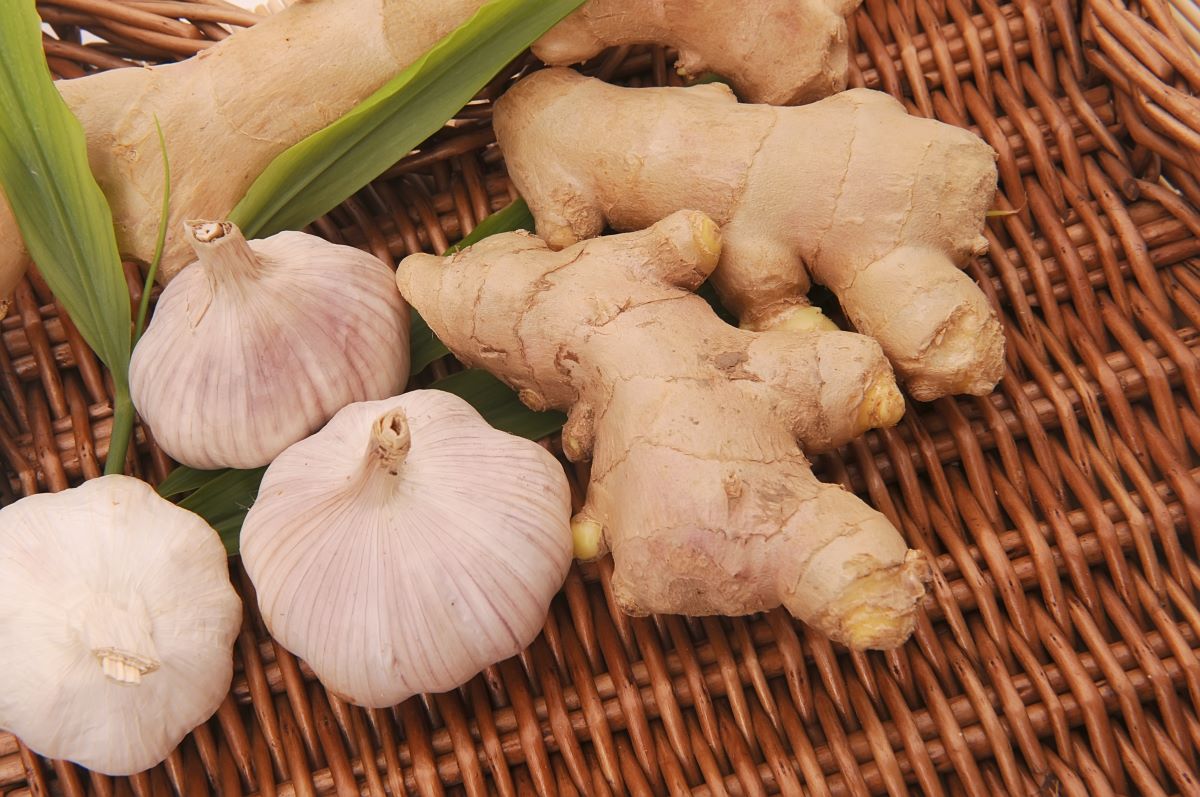

0 thoughts on “How To Store Fresh Ginger In The Freezer”